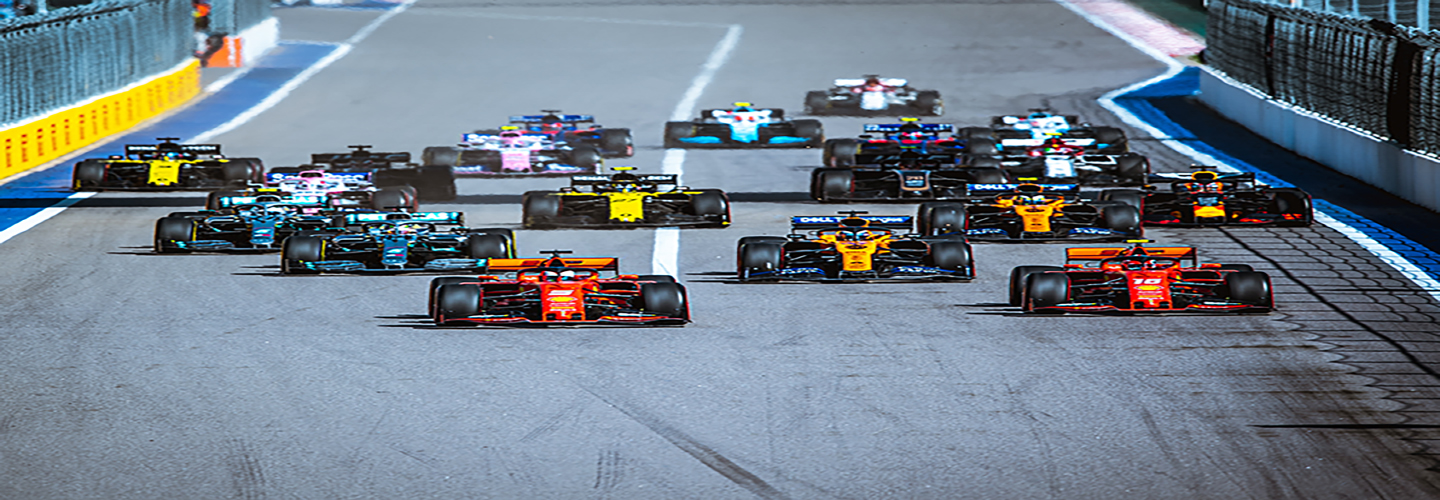Formula 1 must prove sustainability goes beyond the racetrack if it is to prolong its appeal
Industry expert warns against dip in popularity unless F1 learns from last decade ahead of technological era
Formula 1 risks wasting its advances in technology and losing mass appeal unless it learns from the mistakes of the last ten years.
While the sport has made significant technological advances in past decade, Dr Paolo Aversa, Senior Lecturer in Strategy at the Business School (formerly Cass) and industry leader in technology and innovation, believes F1 has missed opportunities to help ensure a smoother transition to cheaper green energy.
Informed by ongoing research into Formula E – the racing championship for electric cars – Dr Aversa says there is still a long way to go to close the disconnect between the elite care industry and the consumer car industry, adding that F1 must better communicate the steps taken in recent years to fuel green motor sport.
Dr Aversa also fears that the sport’s popularity will also dip if manufacturers are unable to invest at the speed of their competitors.
The 2021 season – beginning at the end of March – marks the final year of a technological era as from 2022 radically new rules will be implemented, with key implications for F1 and the entire technological development which feeds into automotive and green energy strategies.
With technological choices interconnected to the entertainment and business models of the sport, Dr Aversa has outlined lessons that must be learned if F1 is to maintain its impact and longevity.
- Better transfer of technology — while environmentally sustainable technology is positive it must be done with the tech transfer in mind. The current hybrid technology was very expensive and complex to engineer, and this is one of the biggest reasons there was not a big divergence into road cars. It was moved to elite cars but there has been a limited impact on the more general consumer.
- Better communication — too often, efforts to boost awareness were too technically complex and full of buzzwords that did not make it beyond the racetrack, until recently. F1 has pioneered this idea of green motor sport but public perception has been leapfrogged by Formula E, which has much clearer messaging.
- Better working between teams — the FIA’s decision to closely model the hybrid solution used by Mercedes impacted other teams. Constructors are being asked to commit to bigger and longer-term investments that might lead to a longer diminution of the team – the more this happens the more chance there is of losing your audience.
Dr Aversa said: “F1 cars are among the most efficient in the world but, despite the many technological changes, changes have not always been well implemented. In 2009 changes meant the cars had to be greener to ensure solutions that could, later, be applied to standard road cars, but it hasn’t quite worked out.
“Technological changes come with costs and a top team that wants to win a championship must now spend around £500 million a year. The amount of money can force a disconnect and, matched with less visibility – primarily shown on pay per view channels and no audiences because of Covid – it is more difficult to resonate with many consumers.”
Dr Aversa adds that sustainability is about more than having an efficient engine. Lewis Hamilton remains the sole black representative on the F1 grid, and Dr Aversa says this must change.
“The arrival of black driver in a white dominated men’s world is fantastic. Lewis Hamilton introduced a new audience to the sport and that is because drivers are also brands, and different brands pull different customers. Whether it be gender, race, nationality, the more diverse the appeal the better.”
